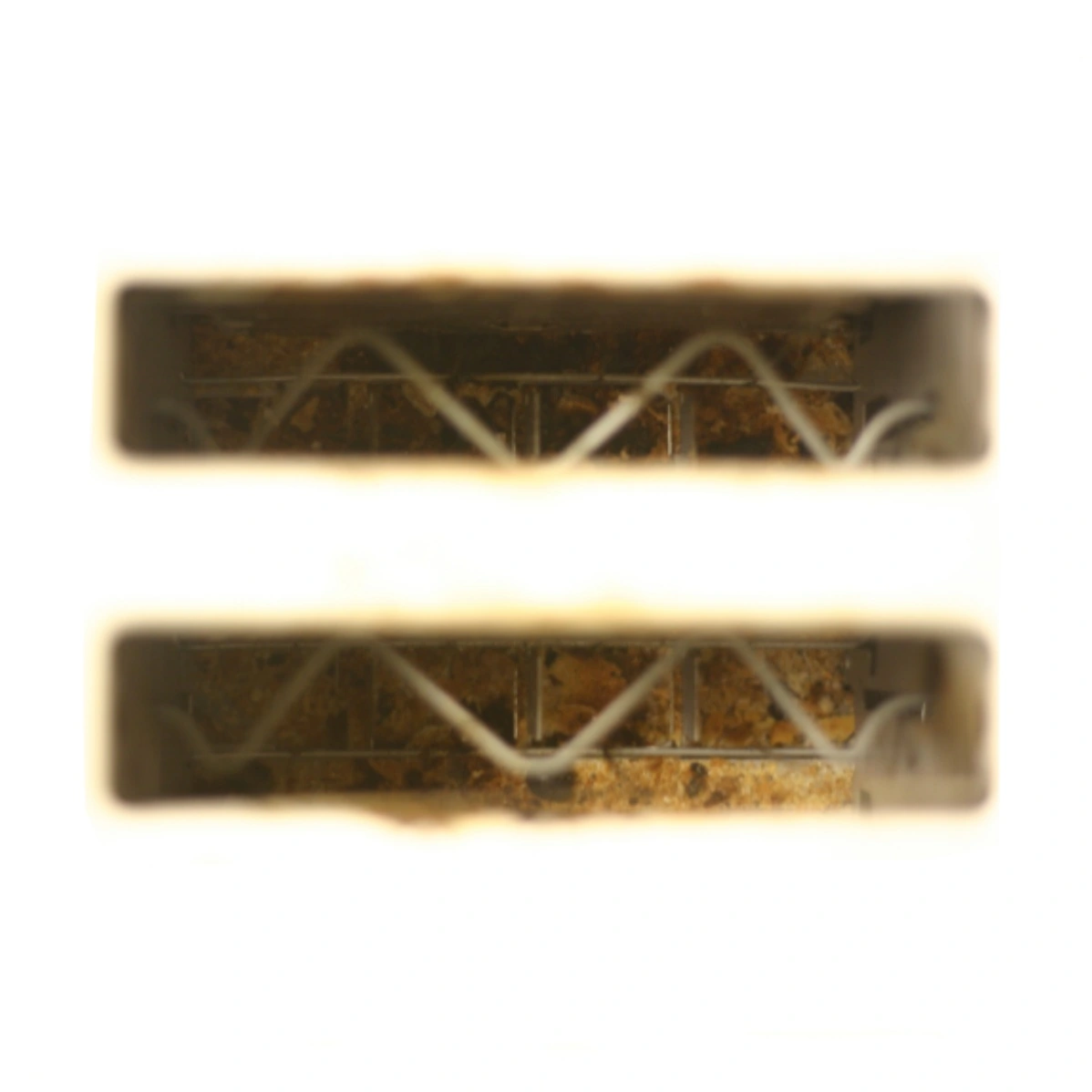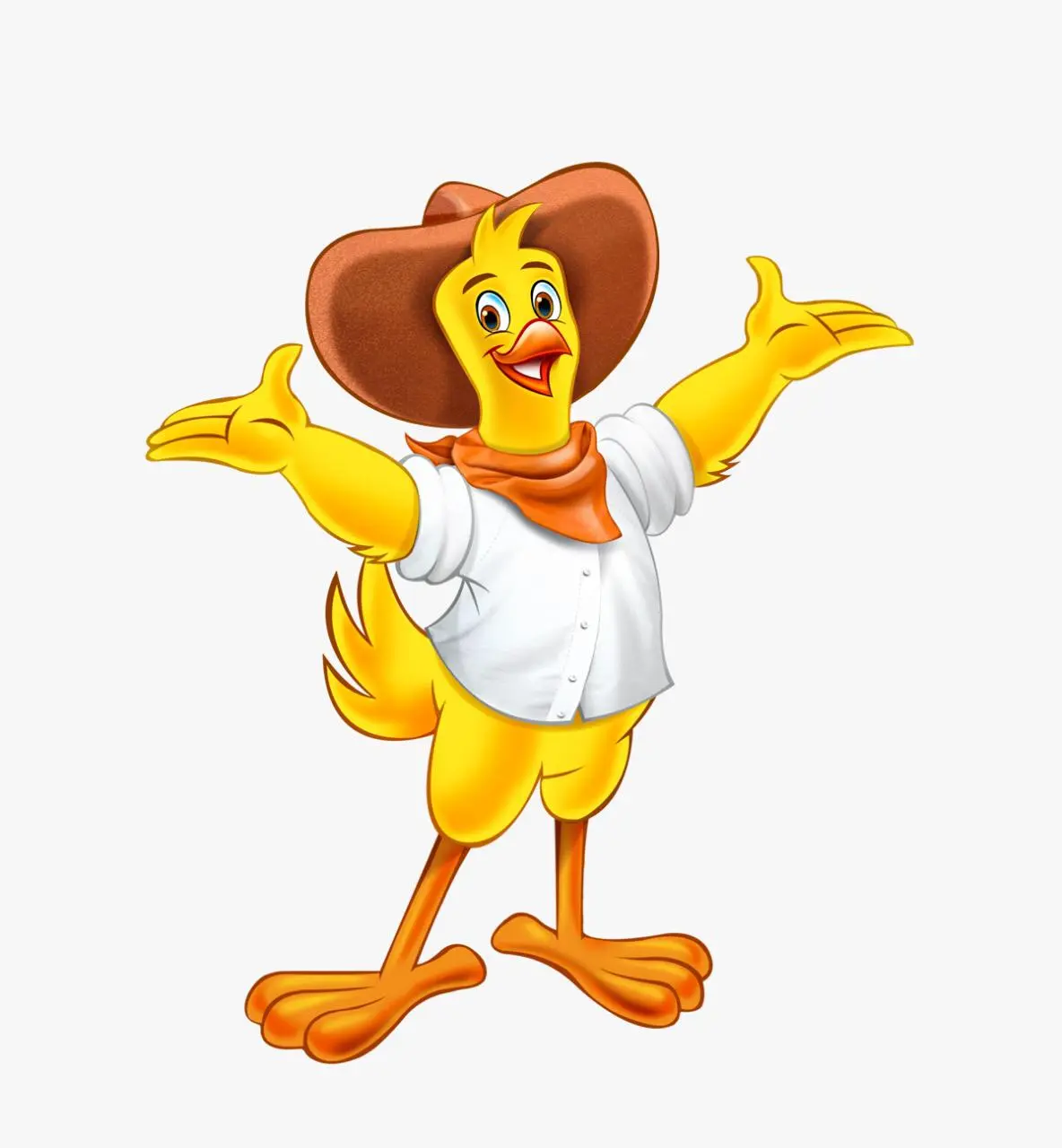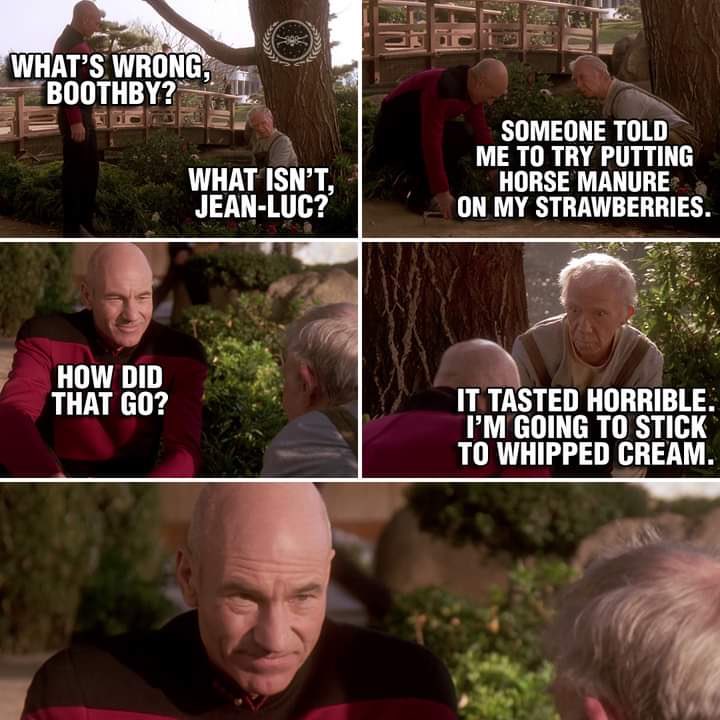For those of us currently in winter-- what new varieties are you growing this coming year?
What new things have you added to your garden for the upcoming season?
What new techniques are you trying this year?
We’re in the dead of winter and I am itching to get back out into the garden… tell me what you’re up to!
Gonna buy my pepper seeds here shortly. New house, so I need to set my seed starting station back up. We’re gonna try a greenhouse this year to keep the critters out and extend the growing season a bit.
That’s awesome! I’ve always wanted to use a greenhouse.
Trying some new mosaic-resistant cucumbers (Marketmore 77 and Wautoma) and pepper varieties (Anaheim and Calabrian if I can find seeds).
Also going to try cover crops for the first time - thinking of buckwheat after the spring roots (carrot, radish and beets) and an oat/pea blend over the winter.
“New” That one got me laughing. Marketmore 76 was introduced in 1979 by Henry Munger out of connell. Wautoma was introduced in 1984 from the USDA in cooperation with infamous Jack E. Staub. The author of many questionable scientific papers.
Both varietis only have CMV resistance. Other mosaic viruses include ZYMV, PRSV and WMV2. So don’t be shocked if they come down with one of the other viruses. ZYMV and PRSV are especially prevalent.
Sorry, I meant “new to me.”
Thanks for the info - I’ll give them a shot anyway, but won’t get my hopes up.
Sorry for the second post, but I started doing some research into the other viruses you mentioned. Maybe this is worth a separate post, but you seem knowledgeable so I’ll ask here.
I don’t see signs of mosaic virus with my other crops (including zucchini, other squashes, tomatoes, peppers and eggplants), just cucumbers; does that make it any more likely that my issue is one of the viruses in particular? From what I can tell, the name cucumber mosaic virus is historical, and doesn’t necessarily mean cucumbers are particularly susceptible.
Or maybe there’s another reason for my cucumber issues: infected seed (I purchase commercial seed), growing conditions that are stressing cucumber plants in particular, or another disease that I’m mistaking for a mosaic virus. Any recommendations other than plant and pray?
In order of likelihood.
The mottling pattern of Downy Mildew is the most commonly confused. It’s a fungus that often attacks cucumbers first. The pathogen overcame the genetic resistance claimed on all the old OP’s 20 years ago.
Angular leaf spot is the second one. It has a narrower host range. And often will infect the cucumbers and melons but leave others alone.
There are also whitefly transmitted viruses like CYSDV or CGMMV which are more common in the subtropics or greenhouses. CGMMV is seedborne but easily tested so most larger suppliers do it regularly. The symptoms for both start on the lower leaves.
Vector feeding preference: aphids transmit CMV, ZYMV, PRSV and WMV. They sometimes have are shown to have feeding preference based upon leaf colour or species.
Seedborne disease - the only serious virus that is significantly seedborne in cucumbers is CGMMV. ZYMV has been shown to be weekly seedborne low rates in Cucurbita pepo. SqMV is transmitted in cantaloupe seed.
The only one you are likely to run into in OP seed is ZYMV in C. pepo. This is because it is endemic to the seed growing regions but infects the seed at low levels. Hybrids for commercial available almost all have ZYMV resistance either from GMO or interspecific crosses with C. moschata “Nigerian” and are not routinely tested. OP seed is grown as cheaply as possible and is more likely to be infected with seedborne diseases.
So what do you do:
Plant your cucumbers in a different location and watch them closely. If signs of disease show up, post a pic and tag me. I can send you down the right path.
I personally have transitioned to more modern hybrids with stacked disease packages. I like the parthenocarpic gyneceous ones because they do not require pollination to set fruit. They also yield a lot more.
Thanks for the deep dive. I definitely didn’t look closely enough to know whether I had downy mildew or mosaic virus - from pictures online it looks like a real possibility.
I had been trying to stick with heirlooms in the hope of saving seeds, but saving cucumber seeds is such a PITA anyway (need to bag male and female flowers and hand pollinate) that I’m OK going to hybrids. I’ll look into those you mentioned.
Thanks again.
Planting some crops that are disease resistant is a must. The introduction of Roundup (glyphosate), has caused fungus and viruses to explode since the herbicide kills weeds that become disease factories. Wind carries the spores far and wide.
Tomatoes, cucumbers and squash seem to be particularly susceptible so look for disease resistant varieties. Keep in mind, resistant does not mean disease proof but healthy plants tend to withstand diseases and insect attacks better.Yeah that’s not how it works at all. I have no idea where that came from but it’s all absolute bullshit.
How it actually works.
Any effective control that we use to keep pests or diseases at bay is an evolutionary selection pressure. Eventually with time and numbers the weeds/pests will overcome the controls. This is happening constantly across all sorts of species.
Pathogens and pests are constantly overcoming genetic and chemical controls.
A good example is Downy Mildew in cucumbers. For over 40 years (1960-2000+) Downy Mildew was completely controlled by a genetic resistance. Then the disease mutated and overcame the resistance. Now it is overcoming many fungicides as well and can not be easily controlled.
The fastest example I have seen was powdery mildew overcoming race 2 resistance in cantaloupes. After the introduction and adoption of a new resistant variety, the pathogen mutated and overcame it in a single year (race S).
deleted by creator
Just set up a pineapple in a pot that I’m hoping to replant in the summer. They’re just so much fun to gift and the way they just kinda drop babies always gets me.
I want to grow pineapple so badly!!! But I just am not in the growing area for it… even after the USDA update. :(
That’s unfortunate… in your honor, I’ll name it Popcorn Chicken.
I feel special :3
Hahaha this rules.
Currently growing fava beans to boost the nitrogen content in my soil. I will pull them right after they flower.
By “pulling them out” I hope you mean till them under. Legumes are net consumers of N from the soil unless the plants are tilled under and allowed to decompose.
If you remove the plants you remove all the N. Also if you did not add inoculant to seed, you won’t get much N.
I’ll have to check with my community garden members. Thanks!
Thats a good idea!
I planted a winter garden and promptly forgot about it… all while still having the last of my summer plants still producing.
They’re ALL sitting in my raised beds as corpses at the moment-- I’ll pull them come time for the early radish/lettuce plantings.
Have you done the favas for nitrogen before or is this new for you this season?
I’m in a community garden where I’ve watched other people grow favas - for nitrogen and also for beans. But this is my first year doing it for myself. I’ll add compost to the soil in the spring too. It’s easy but also exciting. One of the gardeners in the community had snails eat all their sprouts but I got lucky with a different variety.
Thats awesome!! I’d love to see updates going forward
I’ve been growing 3 varieties of lettuce and some basil under white LED grow lights by the window and they’re doing great! With a smart plug, I determined that they’re using less than 3 cents per month which is way better than I expected. This will hold me over until it’s warm again and I can cultivate my balcony garden.
That’s awesome!
In the dead of winter I do research, planning, buy seeds and get tools ready for action. Pruning season is coming up in a couple of months. I will get scions then. Grafting has opened a whole new world for me. I don’t plow, till or weed much so gardening is fairly simple once the preparation and planting is done - try reading “The One Straw Revolution” by Masanobu Fukuoka.
I started planting last fall and will continue planting until until August.
PS: I am a very lazy gardener but you should see my beans.We planted a bunch of edible natives around our house which we are looking forward for the bees and the rest of us to enjoy them. Hopefully they come up for dried flowers and teas but I am thinking we will need to wait another year for them to get large enough to flower and harvest.
We had a mixed season planting the Three Sisters in our garden. Our popcorn turned out okay with a few stalks giving a good harvest and a few with not much. The beans went okay until the pumpkins strangled them. The pumpkins grew like crazy but all got mold and didn’t produce any fruit. So we are going to want to attempt the right timing on those next year and reduce the pumpkin plants to a single plant.
We have some garlic in the ground already that we are hoping comes up well in the spring. Besides that the classic tomatoes, snap peas and peppers from last year. Hopefully with our addition of mulch and attempting some low dig methods we can get some larger plants this year.
I was just wondering whether anyone grows the three sisters in a home vegetable garden. Did you follow a guide, or just wing it?
Mostly winged it which caused the problems. After looking more online you plant the corn first and then the beans in a few weeks and then the squash. The corn and beans are 1:1 while you have a single squash. Not like I did which was everything at the same time at a 1:1:1 ratio
Growing “three sisters” requires a lot of experimentation. You need the right corn, right pole beans and the proper squash. For example, bantam corn, with bush beans and tiny squash isn’t going to do well. Don’t expect your favorite varieties to produce much. Also, Native Americans didn’t plow fields, they planted three sisters in various clearing.
I just buy random vegetable seeds and chuck em in the backyard. Whatever nature grows I care for
My backyard is a mess of weeds…neighbour planted a vine, let it grow then he died. New neighbor Urs didn’t care for it and it’s in about 7 backyards now taking over everything.
Haha this rules. I’m actually curious what this looks like! Are there any seeds that you found took off the most?






